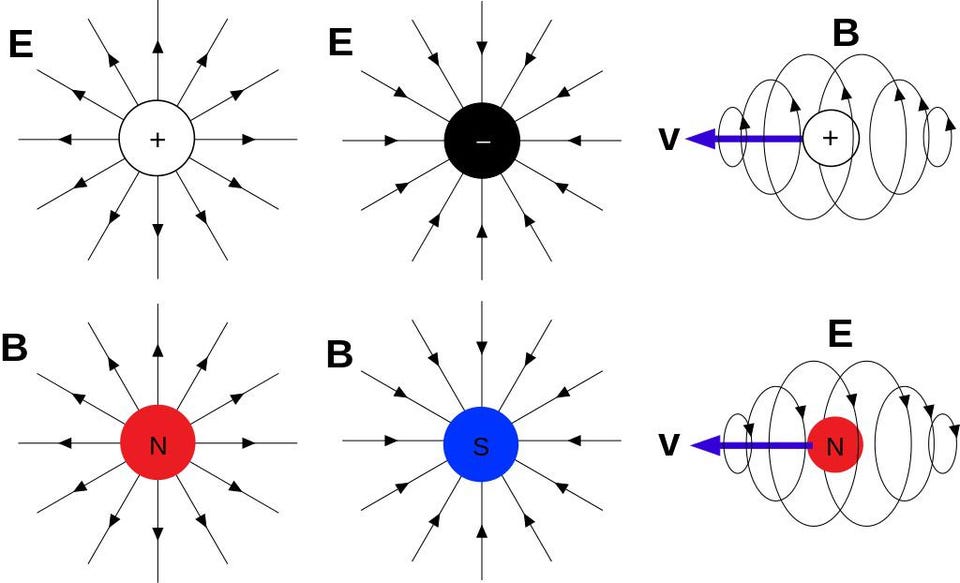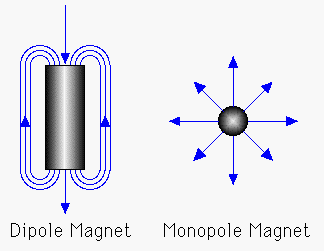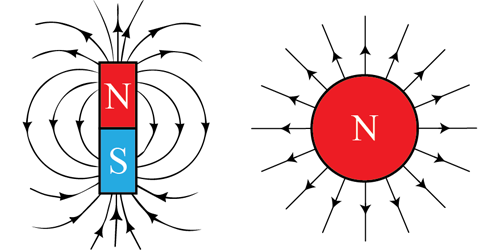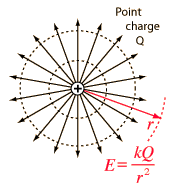Understanding Monopole and Dipole Fields: A Comprehensive Guide
Introduction
In the realm of physics, understanding the nature of fields is crucial for explaining a wide variety of natural phenomena. Among the most fundamental types are monopole fields and dipole fields, which are integral to gravitational, electric, and magnetic phenomena. This guide explores their characteristics, examples, and spatial behaviors to help you gain a deeper understanding of these fundamental concepts.
1. What Are Monopole Fields?
Monopole fields are fields that originate from a single source. These fields exhibit a spherical symmetry and their strength decreases as the distance from the source increases, following an inverse-square law.
Examples of Monopole Fields
1.1 Gravitational Field of a Spherical Mass
Description: A spherical mass generates a gravitational field that is spherically symmetric.
Behavior: The field strength decreases with the square of the distance from the center of the mass.
Formula: The gravitational field strength is given by:
where is the gravitational constant, is the mass, and is the distance from the center of the mass.
Significance: This field is critical in understanding planetary motion and the force of gravity around celestial objects.
1.2 Electric Field Due to a Single Point Charge
Description: A point charge creates an electric field that is radially symmetric.
Behavior: The field strength decreases with the square of the distance from the charge.
Formula: The electric field strength is given by:
where is Coulomb’s constant, is the charge, and is the distance from the charge.
Significance: This concept is essential in electrostatics and forms the foundation for more complex electric field analyses.

2. What Are Dipole Fields?
Dipole fields are fields created by two distinct sources, typically referred to as the north and south poles. These fields are characterized by their unique spatial behavior and their strength diminishes with distance from the dipole.
Examples of Dipole Fields
2.1 Electric Dipole Field
Description: Formed by two equal and opposite charges separated by a certain distance.
Behavior: The field is strongest at the midpoint between the charges and decreases rapidly as the distance from the dipole increases.
Field Lines: Curve from the positive charge to the negative charge, illustrating the attraction and repulsion forces.
Applications: Commonly studied in molecular physics and chemistry to understand dipole moments in molecules.
2.2 Magnetic Field
Description: Created by the motion of electric charges, such as current through a wire.
Behavior: Like the electric dipole field, the magnetic field strength diminishes with distance and is strongest at the center of the dipole.
Field Lines: Show a closed-loop pattern around the current-carrying conductor.
Applications: Found in electromagnets, magnetic storage devices, and the Earth’s magnetic field.

3. Spatial Behaviors of Fields
Understanding the spatial behaviors of monopole and dipole fields is key to analyzing their effects in various scenarios.

3.1 Monopole Fields
Decay: Follow the inverse-square law, meaning their strength decreases with the square of the distance from the source.
Symmetry: Monopole fields exhibit radial symmetry around the source.
3.2 Dipole Fields
Near Field vs Far Field: The field can be divided into near-field and far-field components, which differ in their spatial distribution and strength.
Vector Addition: The electric field around a dipole is determined by the vector addition of the fields produced by each charge.
Example: For a dipole with charges at on the x-axis, the net electric field on the y-axis is zero, while on the x-axis, the fields add up to produce a non-zero net field.
Field Lines: Curve from positive to negative charges in electric dipoles and form loops in magnetic dipoles.


4. Applications of Monopole and Dipole Fields
The concepts of monopole and dipole fields are not just theoretical; they have practical implications in various fields of science and technology.
4.1 Astrophysics
Monopole fields help explain the gravitational interactions between celestial bodies.
Dipole fields, such as the Earth’s magnetic field, play a critical role in navigation and space exploration.
4.2 Molecular Chemistry
Dipole moments in molecules, derived from electric dipole fields, are crucial in predicting molecular interactions and reactivity.
4.3 Electromagnetic Technology
Magnetic dipole fields are harnessed in devices like MRI machines, transformers, and electric motors.
5. Qualitative and Quantitative Insights
Analyzing the behavior of these fields requires both qualitative understanding and quantitative methods:
Qualitative Insights:
Visualizing field lines to determine field strength and direction.
Observing symmetry and cancellation effects in dipoles.
Quantitative Methods:
Using Coulomb’s law for electric fields and Ampère’s law for magnetic fields.
Employing mathematical models to calculate net field strengths in complex systems.
Conclusion
Monopole and dipole fields are foundational concepts in physics that help explain a broad spectrum of natural phenomena. From the gravitational pull of celestial bodies to the electric and magnetic fields in everyday technology, these fields influence our understanding of the universe. By mastering their characteristics and behaviors, you can unlock a deeper comprehension of both fundamental physics and its practical applications.
For more insights into fields, their behaviors, and applications, keep exploring the resources available at slyacademy.com








